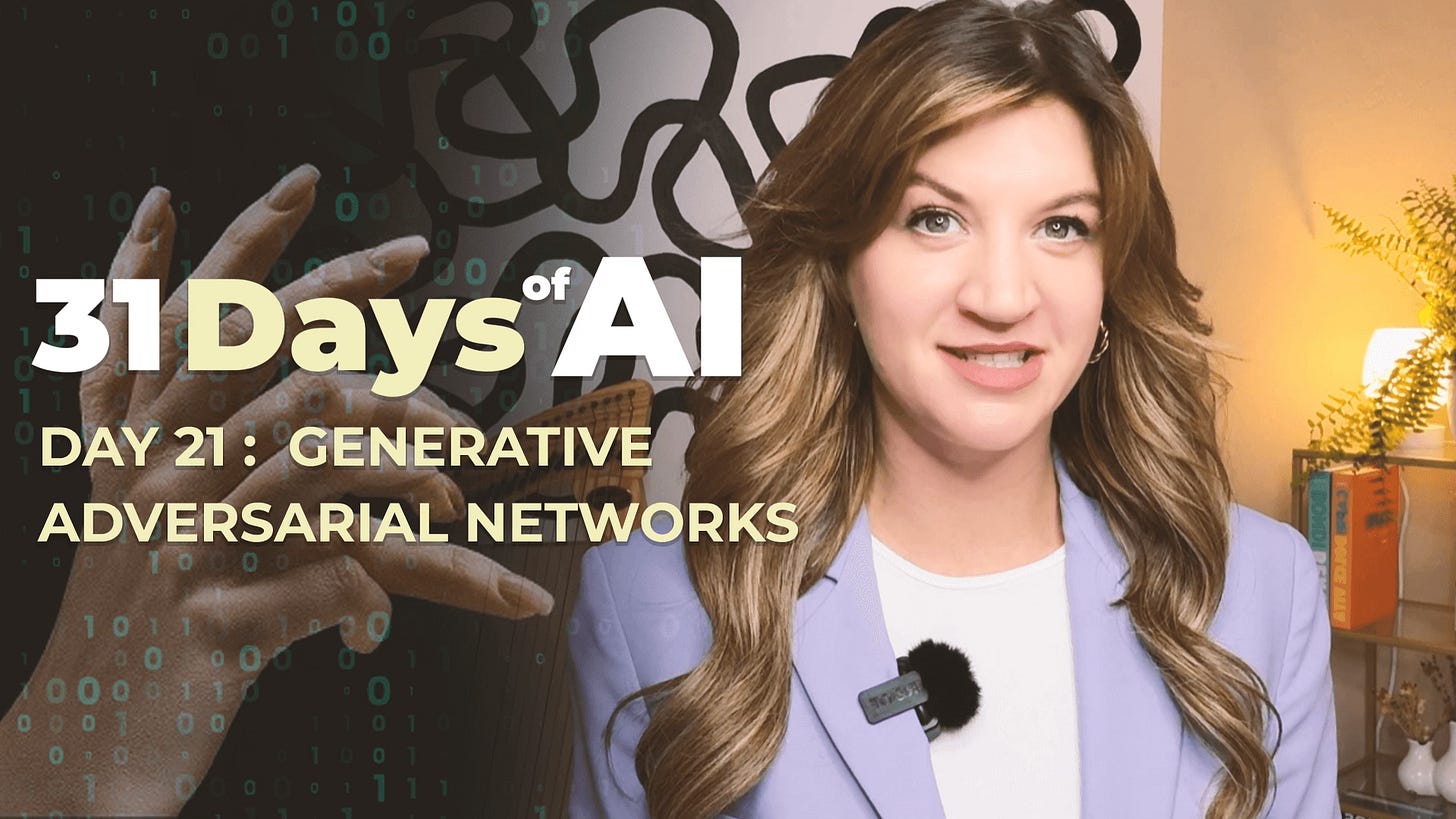Hey there, Friends,
If you're navigating the recent time change in the US, I hope the transition has been smooth for you and that you're reveling in the extended daylight hours. My latest deep dive into the world of prompting for my forthcoming book has unearthed some intriguing preliminary findings. In this edition, I'm excited to share these insights with you, along with the latest buzz in the AI sphere.
Keep that curiosity alive!
Sadie
In the whirlwind of advancements brought on by Large Language Models (LLMs), social media and news outlets have been abuzz with guides, tips, and fascinating salary reports for so-called "prompt engineers". An article from Forbes highlighted the astonishing salaries these engineers can command, sparking widespread interest. Yet, as someone who prefers the hands-on approach to learning, I initially brushed aside these resources.
My curiosity, however, was piqued as I delved into writing my book on minds and machines. I decided to undertake a meta-analysis of research on prompting techniques, a journey that led me to some eye-opening discoveries.
The Simplistic Versus The Technical
On one side of the spectrum were the frameworks shared by "AI influencers", which appeared overly simplistic at first glance. Yet, as I explored further, diving into courses like "Prompt Engineering for ChatGPT" offered by DeepLearning.ai, I encountered a stark contrast. These resources tended to overcomplicate matters, alienating the average user with overly technical jargon.
The real turning point in my journey came when I stumbled upon a comprehensive research paper surveying various prompt engineering techniques. The sheer diversity and complexity of methods cataloged were both astonishing and enlightening.
A Systematic Survey of Prompt Engineering in Large Language Models: Techniques and Applications
Does Complexity Really Matter?
This exploration led me to question the real importance of sophisticated prompting strategies. Drawing an analogy with human children, who despite their limited language skills, manage to make their desires understood by adults, I pondered the necessity of intricate prompts for LLMs. After all, if LLMs, such as ChatGPT, can outperform the average professional in IQ tests, does the precision of our questions truly matter?
Research from VMware further challenged my preconceptions. Systematic testing across different models and prompt strategies revealed an unexpected inconsistency in performance. Sometimes, even well-regarded techniques like chain-of-thought prompting had unpredictable effects. The conclusion was clear: there's no one-size-fits-all strategy for prompt engineering.
A Simpler Approach
Given the evolving nature of LLMs and their self-improving capabilities, adhering rigidly to a prompting framework seems unnecessary. Instead, focusing on understanding and utilizing the documentation provided for each model offers a more practical approach.
For instance, Claude3 and OpenAI provide guidelines that emphasize clarity, context, examples, and the structuring of prompts to enhance performance. Their recommendations distill into a straightforward approach for interacting with LLMs:
1. Treat the model like a knowledgeable employee.
2. If the response isn't what you were hoping for:
- A) Ask again, with more specificity.
- B) Seek the model's own guidance on improving the prompt.
This approach underscores the essence of effective prompt engineering: simplicity, specificity, and collaboration with the AI.
The journey through the landscape of prompt engineering has been illuminating. From the simplicity of influencer-shared frameworks to the depth of academic research, the field is rich with diversity. Yet, the key takeaway is the power of simplicity and the importance of understanding the tools at our disposal. As we continue to explore the capabilities of LLMs, let's remember that sometimes, asking for help is the most sophisticated strategy of all.
So, dive into the documentation, experiment with prompts, and embrace the journey of discovery alongside these remarkable machines. After all, in the world of AI, curiosity doesn't just lead to better questions—it unlocks better answers.
Day 14-21 of 31 Days of AI is Now Available
During this time I covered everything from neural networks, cost function, reinforcement learning and GANs .
Check out the videos here
ICYMI here are my top picks from last week's AI news
🧐 Researchers at KAIST have unveiled the "Complementary-Transformer" (C-Transformer) AI chip. This groundbreaking technology is touted as the world’s first ultra-low power AI accelerator, capable of handling large language models (LLMs) with unprecedented efficiency. It's reported to consume 625 times less power and is 41 times smaller compared to current leading solutions. Read here.
🧐 A recent survey reveals skepticism among Americans towards receiving medical advice from AI, highlighting concerns about trust in AI-driven healthcare. Read here.
🧐 Despite a downturn in tech employment, the demand for AI-related jobs continues to grow, signaling a shift in the industry's focus. Read here.
🧐 OpenAI has publicly responded to criticisms from Elon Musk, offering clarity and a stance on the issues raised. Read Here
🧐 Mistral AI has announced two new models, Mistral Large and Mistral Small, enhancing their suite of AI solutions: Read Here
🧐 A novel AI tool has been developed to predict kidney failure up to six times faster than traditional methods, marking a significant advancement in medical diagnostics. Read Here
🧐 The latest update from Mid Journey introduces a 'Consistent Characters Feature', revolutionizing how characters are developed and maintained within narratives. Read here.







